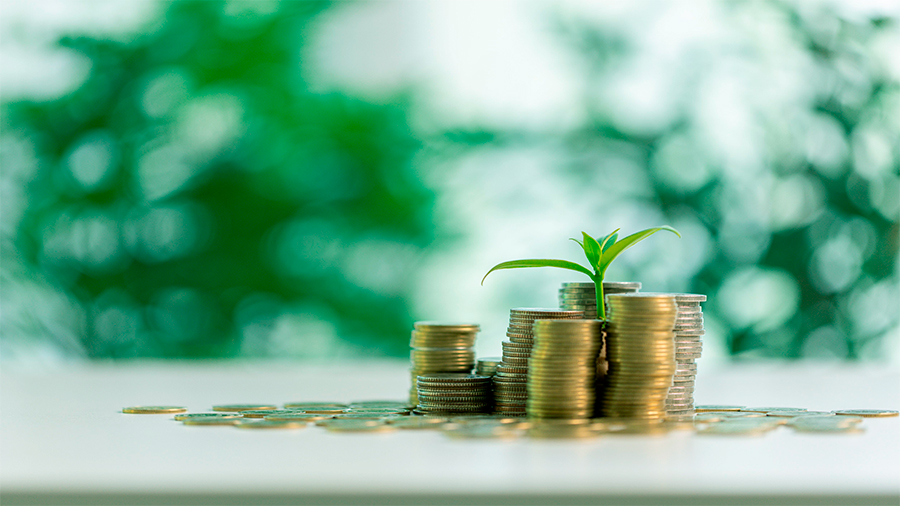Business And Carbon Footprint: How Loans Help Reduce It
Climate change is no longer just an environmental issue. It has become a financial one. Businesses across industries face pressure from regulators, customers, and investors to cut emissions. Reducing a carbon footprint means changing production, transport, and energy systems—projects that require serious money. Few companies can pay for this shift outright. That is where loans come in. Banks and other lenders are now offering financing tools designed specifically for decarbonisation. These loans provide the funds businesses need to invest in green technology, renewable energy, and sustainable operations. By linking money to environmental outcomes, lenders are helping businesses reduce emissions while keeping growth intact.
Why Finance Matters In Decarbonisation
Cutting emissions is expensive. Installing solar panels, upgrading factories with efficient machinery, or shifting fleets to electric vehicles all carry high upfront costs. The payoff comes later—through lower energy bills, new market opportunities, or compliance with carbon regulations. Without access to credit, many businesses would delay or scale back these changes. Loans close the gap between immediate costs and long-term benefits. They allow companies to act now, when pressure to cut emissions is strongest, rather than waiting until they have saved enough capital. In this way, finance is not just support—it is a trigger for climate action.
The Pressure Of Regulation
Governments worldwide are tightening rules on carbon emissions. Carbon taxes, reporting requirements, and stricter limits push companies to adapt faster. Loans provide the liquidity needed to meet these demands without disrupting operations.
Investor And Consumer Demands
Investors now look at environmental performance when making decisions, and consumers increasingly choose brands that show real sustainability. Access to credit tied to emissions reduction helps companies respond to both groups effectively.

Green Loans And Sustainability-Linked Loans
Banks have created specific lending models to support decarbonisation. Green loans are used for projects with clear environmental benefits—like renewable energy installations, energy-efficient buildings, or sustainable supply chain upgrades. The terms of the loan are directly tied to financing these specific activities. Sustainability-linked loans, on the other hand, link interest rates to broader environmental performance. If a company meets emission reduction targets, the cost of borrowing goes down. If it misses them, the rate goes up. Both models encourage businesses to invest in decarbonisation with financial incentives built in.
How These Loans Work
A manufacturer might take out a green loan to replace old boilers with energy-efficient systems. A logistics company could use a sustainability-linked loan, lowering its interest rate by shifting to a fleet of electric trucks. In both cases, the financial structure rewards emissions reductions, making sustainability more attractive than maintaining the status quo.
Examples Across Industries
Different sectors face different decarbonisation challenges, and loans are being used creatively across the board. Heavy industry uses financing to modernise plants with carbon capture systems or more efficient processes. Agriculture borrows to invest in low-emission fertilisers and precision farming technology. Real estate developers access green loans to build energy-efficient properties that meet new environmental standards. Retail chains finance upgrades to warehouses and logistics systems to reduce energy waste. These examples show that carbon reduction is not limited to one industry—it touches every corner of the economy, and financing is central to making it possible.
Manufacturing
High energy use makes manufacturing a major target for decarbonisation. Loans fund machinery upgrades, process redesigns, and renewable integration.
Transport
Fleet replacement is costly. Loans allow transport firms to buy electric vehicles, install charging stations, and redesign routes for efficiency.
Construction
Loans make it possible for developers to adopt sustainable materials and build low-energy buildings, preparing them for future regulation and demand.
The Long-Term Financial Benefits
Borrowing to reduce emissions is not just an ethical move—it can make financial sense. Energy-efficient systems lower utility bills. Renewable energy reduces exposure to volatile fuel prices. Carbon-efficient operations improve competitiveness when carbon taxes or emission trading systems are introduced. Access to green finance also improves reputation with investors and consumers, opening new opportunities. Over time, the cost savings and market advantages outweigh the cost of borrowing. This balance shows why loans are not just a burden but a tool for building stronger, greener businesses.
From Cost To Advantage
What starts as a financial cost turns into a long-term advantage. Businesses that adopt green technologies early reduce risk and gain stability, while those that delay face higher costs and tighter credit later.
Investor Confidence
Lenders see emission reduction as risk management. Companies that borrow for green projects are seen as safer investments, often rewarded with better terms in future loans.

Challenges In Financing Carbon Reduction
Despite progress, there are challenges. Some businesses hesitate because they doubt the return on investment. Others struggle with the complexity of measuring carbon savings to qualify for green loans. Smaller firms often face barriers accessing these products, either due to lack of awareness or strict eligibility criteria. Banks also worry about greenwashing—companies overstating environmental benefits to secure favorable loans. To overcome these challenges, better reporting, clearer standards, and wider access are essential.
The Small Business Gap
Large corporations dominate green borrowing, but smaller firms need access too. Without tailored products, the decarbonisation push risks leaving small businesses behind.
Verification Issues
Independent audits and stricter rules are needed to ensure loans truly support emission reduction rather than marketing claims.
The Future Of Carbon-Focused Lending
The role of loans in reducing business carbon footprints is set to grow. Regulators are encouraging banks to integrate climate risk into lending decisions. This means companies with poor carbon performance may find borrowing more expensive, while those with strong green projects get cheaper credit. Over time, carbon data could become as important as credit history in determining loan terms. The financial system is moving toward a model where sustainability is not optional but required for access to capital. This shift will make loans one of the most powerful tools for decarbonisation.
Dynamic Terms
Future loans may adjust in real time, with interest rates tied to ongoing carbon performance data. Businesses that exceed targets will see immediate financial benefits.
Integration With Policy
Governments may increasingly support green lending through guarantees, subsidies, and tax incentives, creating a stronger ecosystem for decarbonisation financing.
The Conclusion
Businesses cannot reduce their carbon footprints without finance. Loans provide the upfront capital to fund projects that would otherwise be delayed or abandoned. From energy-efficient machinery to renewable fleets, credit turns ambition into action. Green loans and sustainability-linked loans already show how financial incentives can align with climate goals. Challenges remain, from accessibility to transparency, but the trend is clear: the future of borrowing will be tied to environmental performance. For companies, this is both a challenge and an opportunity. Those who act now, using loans to cut emissions, will not only meet climate demands but also build stronger, more resilient businesses for the future.


